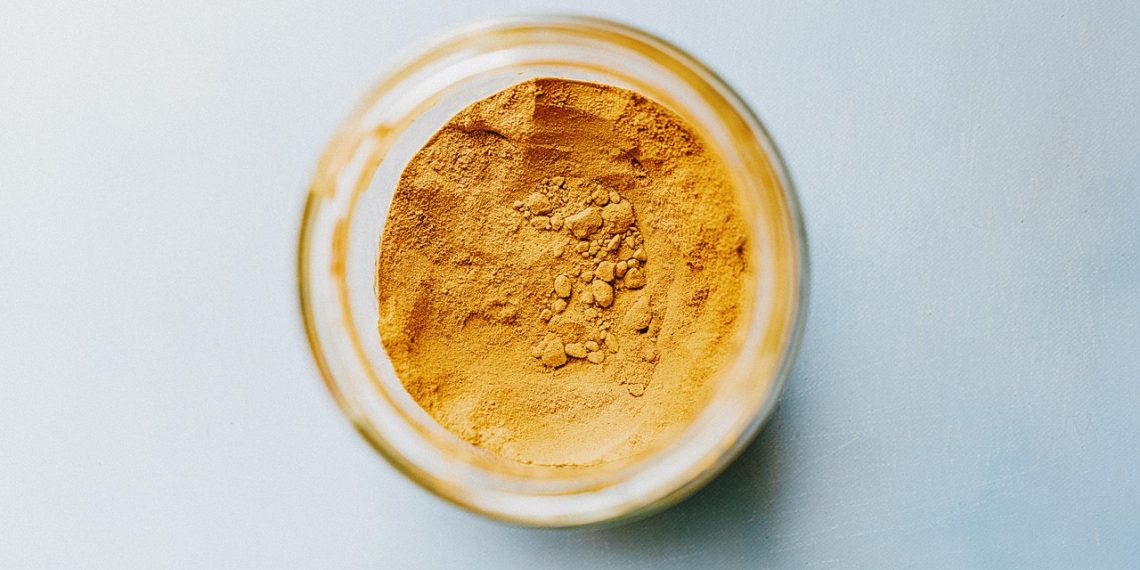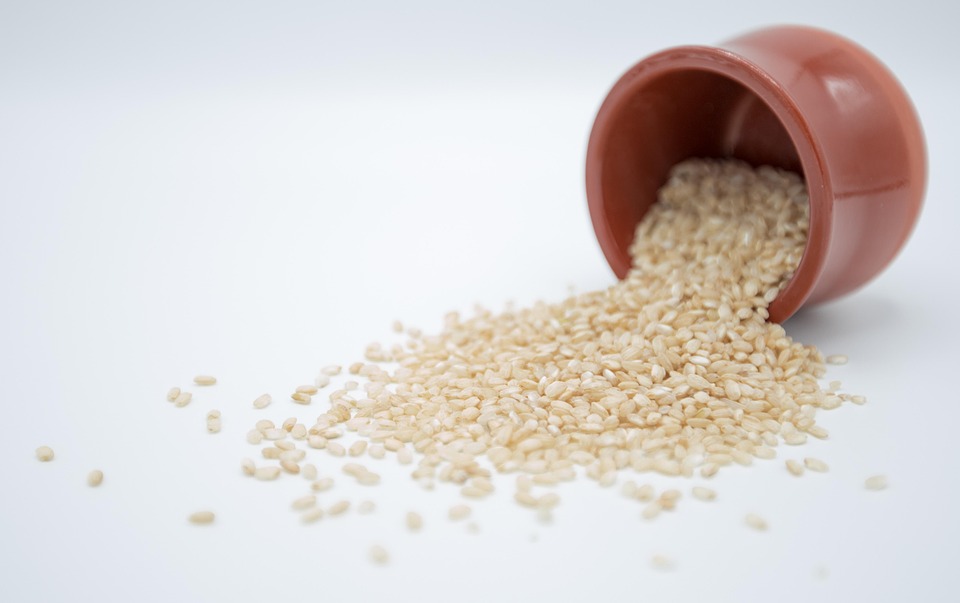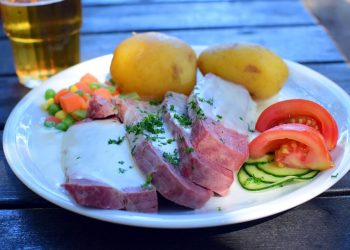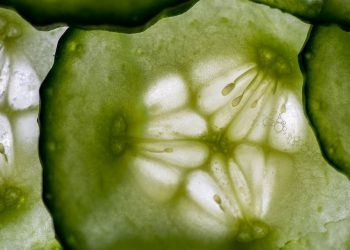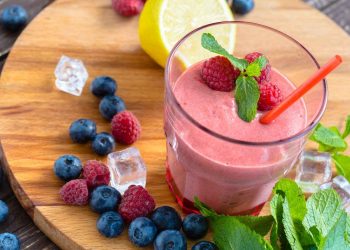Did you know that turmeric, often dubbed “the golden spice,” has been used for centuries in traditional medicine? The vibrant yellow powder is more than just a culinary delight; it’s packed with anti-inflammatory properties that can be beneficial for various skin conditions. If you’ve ever dealt with skin swelling—whether from an insect bite, a rash, or even minor injuries—you might be interested in how turmeric paste can help. Let’s dive into five natural remedies that harness the power of turmeric for soothing skin swelling.
Contents
The Science Behind Turmeric
Before we get into the remedies, let’s take a moment to understand why turmeric is so effective. The active compound in turmeric, curcumin, has been extensively studied for its anti-inflammatory and antioxidant properties. Research has shown that curcumin can inhibit inflammatory pathways in the body, which is why it’s often recommended for conditions like arthritis and skin inflammation (Hewlings & Kalman, 2017).
But let’s be real—while science is great, personal experiences and traditional uses often tell a compelling story, too. I’ve seen friends rave about the benefits of turmeric paste, and I’ve even tried it myself. It’s fascinating how this simple spice can have such a profound effect on our skin health.
1. Turmeric Paste for Insect Bites
How It Works
Insect bites can cause swelling, redness, and itching. Applying turmeric paste can help reduce inflammation and soothe the affected area. The curcumin in turmeric works to inhibit the inflammatory response, which can reduce swelling and discomfort.
How to Prepare
-
Ingredients:
- 1 tablespoon of turmeric powder
- 2 tablespoons of water (or coconut oil for added moisture)
-
Instructions:
- Mix the turmeric powder with water or coconut oil to form a paste.
- Apply the paste directly to the insect bite.
- Leave it on for about 20-30 minutes before rinsing it off with warm water.
Pros and Cons
Pros: Quick relief from itching and swelling; easy to make; natural ingredients.
Cons: May stain the skin or clothing; not suitable for open wounds.
2. Turmeric Paste for Eczema
How It Works
Eczema can lead to inflamed, itchy patches of skin that are often swollen. Turmeric’s anti-inflammatory properties can help alleviate these symptoms, making it a popular choice in managing eczema flare-ups.
How to Prepare
-
Ingredients:
- 1 tablespoon of turmeric powder
- 1 tablespoon of honey (for its antibacterial properties)
- 1 tablespoon of olive oil
-
Instructions:
- Combine the turmeric powder, honey, and olive oil into a smooth paste.
- Apply to the affected areas.
- Leave it on for 30 minutes and then rinse with lukewarm water.
Pros and Cons
Pros: Moisturizing properties from honey and olive oil; can provide relief from itching.
Cons: The sticky texture may be uncomfortable; possible allergic reactions to honey.
3. Turmeric Paste for Acne
How It Works
Acne can lead to swollen, inflamed blemishes that are not only painful but also unsightly. Turmeric’s antibacterial and anti-inflammatory properties can help reduce the severity of acne and the swelling associated with it.
How to Prepare
-
Ingredients:
- 1 tablespoon of turmeric powder
- 1 tablespoon of yogurt (for probiotics)
- A few drops of tea tree oil (optional, for additional antibacterial properties)
-
Instructions:
- Mix the turmeric powder with yogurt and add tea tree oil if desired.
- Apply to the acne-affected areas.
- Leave it on for 20 minutes before rinsing with warm water.
Pros and Cons
Pros: Probiotic benefits from yogurt can help balance skin microbiome; tea tree oil adds extra antibacterial properties.
Cons: Some may experience irritation from tea tree oil; may take time to see results.
4. Turmeric Paste for Minor Burns
How It Works
Minor burns can cause redness, swelling, and discomfort. Turmeric paste can help soothe the skin and reduce inflammation, thanks to its healing properties.
How to Prepare
-
Ingredients:
- 1 tablespoon of turmeric powder
- 1 tablespoon of aloe vera gel (for its soothing properties)
-
Instructions:
- Mix turmeric powder with aloe vera gel to form a paste.
- Apply gently to the burned area.
- Leave it on for about 30 minutes, then rinse off.
Pros and Cons
Pros: Aloe vera provides additional cooling and healing effects; easy to apply.
Cons: Not suitable for severe burns or broken skin; may cause staining.
5. Turmeric Paste for Psoriasis
How It Works
Psoriasis is a chronic skin condition characterized by red, scaly patches that can be swollen and itchy. Turmeric’s anti-inflammatory properties can help manage flare-ups and reduce swelling.
How to Prepare
-
Ingredients:
- 1 tablespoon of turmeric powder
- 1 tablespoon of coconut oil (to moisturize)
- 1 tablespoon of apple cider vinegar (for its skin-soothing properties)
-
Instructions:
- Combine the ingredients to create a smooth paste.
- Apply to the affected areas.
- Let it sit for about 30 minutes before rinsing off.
Pros and Cons
Pros: Coconut oil offers moisture; apple cider vinegar can help balance pH.
Cons: May cause irritation for some; results can vary.
FAQs
1. How often can I use turmeric paste on my skin?
You can use turmeric paste 2-3 times a week, depending on your skin’s sensitivity. Always do a patch test first to avoid any adverse reactions.
2. Can I use turmeric paste on open wounds?
It’s best to avoid applying turmeric paste on open wounds, as it may cause irritation or lead to staining. Always consult a healthcare professional for proper wound care.
3. How do I remove turmeric stains from my skin?
If you find that turmeric has stained your skin, try using a mixture of baking soda and water to gently scrub the area. You can also use lemon juice, which acts as a natural bleaching agent.
4. Are there any side effects of using turmeric paste?
While turmeric is generally safe for topical use, some people may experience allergic reactions or skin irritation. If you notice any redness or discomfort, discontinue use and consult a healthcare provider.
Conclusion
Turmeric paste is a versatile and natural remedy for various skin swellings, from insect bites to chronic conditions like eczema and psoriasis. While it’s not a cure-all, the anti-inflammatory properties of curcumin make it a valuable addition to your skincare toolkit. However, as with any natural remedy, results can vary, and it’s essential to approach it with an open mind and a bit of caution.
So, the next time you find yourself dealing with skin swelling, consider reaching for that jar of turmeric in your kitchen. It might just be the golden solution you’ve been looking for!
This article is for educational purposes only and is not a substitute for professional medical advice. Always consult a qualified healthcare provider before making changes to your health routine.
References
-
Hewlings, S. J., & Kalman, D. S. (2017). Curcumin: A Review of Its Effects on Human Health. Foods, 6(10), 92. https://www.mdpi.com/2304-8158/6/10/92
-
National Center for Complementary and Integrative Health. (2021). Turmeric. https://nccih.nih.gov/health/turmeric
-
Mayo Clinic. (2022). Eczema. https://www.mayoclinic.org/diseases-conditions/eczema/symptoms-causes/syc-20306923
Get Your FREE Natural Health Guide!
Subscribe now and receive our exclusive ebook packed with natural health tips, practical wellness advice, and easy lifestyle changes — delivered straight to your inbox.

